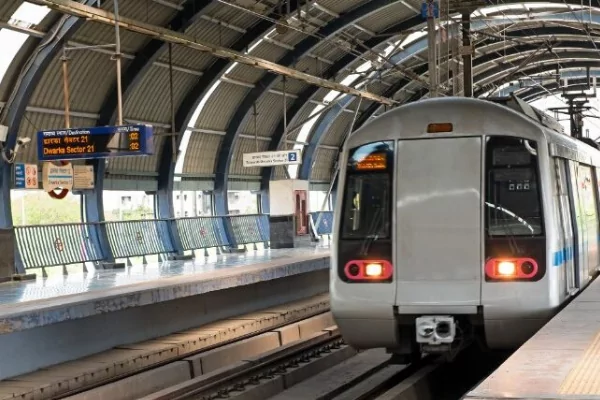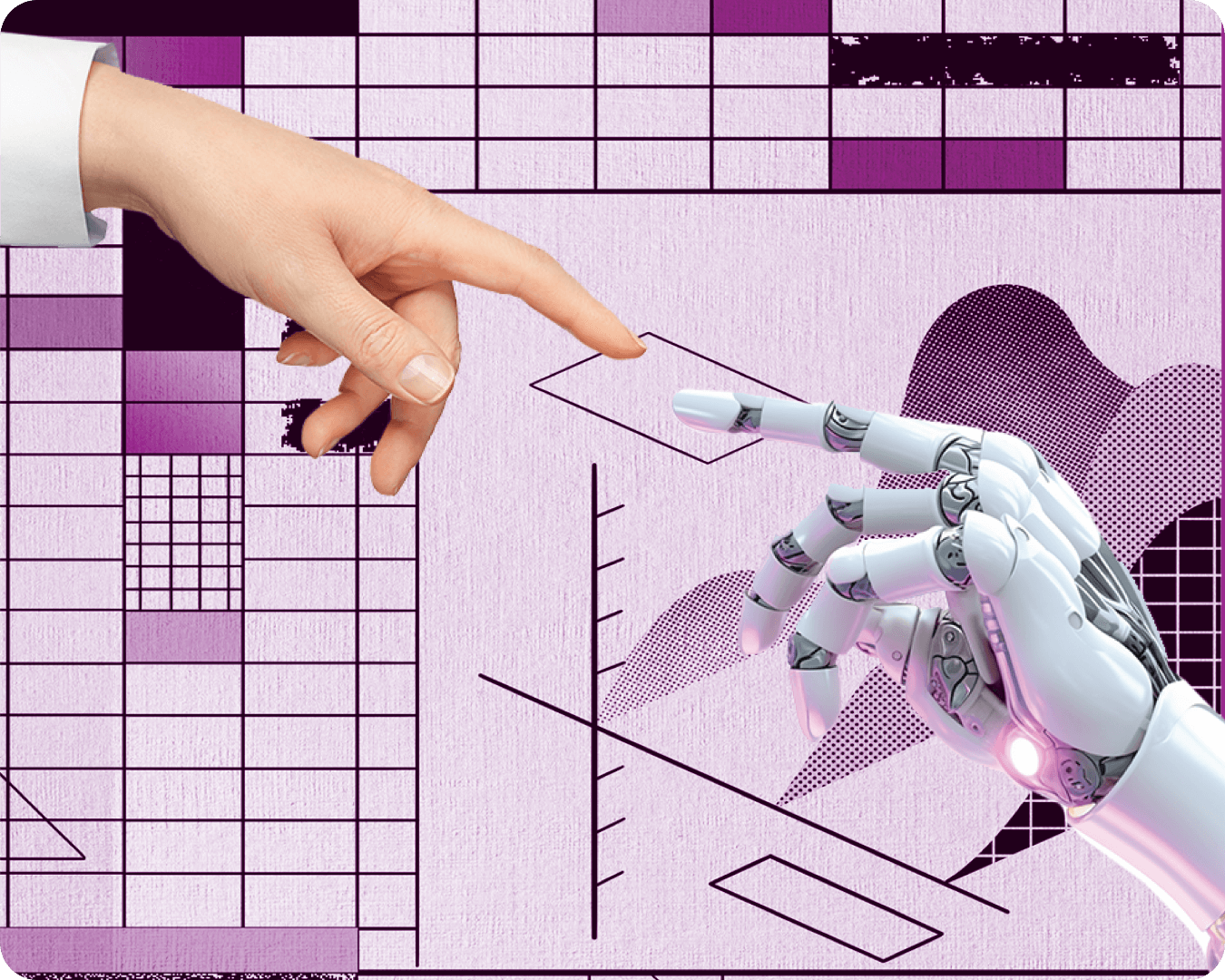5 Suggestions for India’s Metro Projects To Get Back On Track
June 29, 2020

Besides real estate, tourism, hospitality, and retail, another industry that has been suffering from the brunt of COVID-19 lockdowns is construction and development. Ongoing projects were stalled due to the nationwide lockdown. As the situation developed, many workers returned to their hometowns as they feared for their safety and livelihood. As lockdowns lift slowly, the ramifications are still becoming clear. By some estimates, 12.2 crores people may have lost their jobs, a huge section of which hail from the construction sector, one of the biggest job creators in the market.
The good news is, the lockdown is being lifted in many parts of the country in a phased manner. With stimulus packages announced and government spending ramping up, economic activity will also look to kick on. The hope is that the industry will regain its workforce and informal labour. According to a report by the Economic Times, 70% of highway projects have already been resumed in Delhi, and metro projects too are being opened in various parts of the country like Pune, Chennai, Kanpur, Delhi, and Kolkata. That said, due to labour shortage, material unavailability, and transportation issues, it could take a while before all the projects are back on track.
Here are some suggestions to restore the pace of development across India’s ambitious metro projects.
Take lessons from the past
We should take effective lessons from the success of previous projects to ensure that the work is completed on time and without much hassle. For example, the Nagpur Metro construction project was one of the fastest-completed projects in the history of the nation. With proper incorporation of advanced technologies like BIM and well-planned utilization of sustainable energy sources, the project is referred to as the greenest metro in India, apart from being acknowledged for its pace and efficiency.
According to a report by Nation Next, the project took only 27 months from the date of inception to the completion of trial runs, which is a record in itself. Great leadership, proper communication between all the stakeholders, and constant tracking and monitoring led to the success of the Nagpur Metro project. We should refer to such shining examples to deal with future projects, especially during such difficult times.
Ensure proper hygiene
With the lockdown getting lifted, we need to be careful about the safety of the workers on site. This is both a moral and strategic imperative. Any spread of infection will impact not only the health of the workers but could also shut down or quarantine the site. We MUST take all necessary precautions to ensure the health and safety of the workers. Soaps, sanitizers, masks, and face shields should be provided to the workers, especially if their work involves meeting other people and working alongside them. Apart from supplying masks and sanitizers, we could go the extra mile to provide proper food, sanitation, and hygienic working conditions to the workers to prevent them from falling sick.
Social distancing, no matter how difficult it may seem, should be maintained at all costs while working. The companies must take the time to create awareness through education among all the workers regarding the precautionary measures that each worker needs to take to stay safe.
Technology integration is a must
The success of the Nagpur Metro project can be attributed to the integration of technologies like 5D BIM, which enhanced the resource efficiency, speed, and overall quality of the project. The clash-detection capabilities of BIM can become a massive contributor to saving time in such large and complex projects. In ongoing and future projects, the developers should make the most of such technologies like 3D visualizations, 4D progress monitoring, BIM modeling services to ensure successful completion within the deadlines. Integrating mobile apps into the operating processes will help increase the accessibility to plans and information on and off-site.
With more incorporation of high-end technologies on the construction site, the load on the engineers could be lessened, thus helping them increase their focus on providing innovative suggestions and solutions to solve pressing problems. Technology will also ensure seamless communication and the minimum loss of information, besides helping in mitigating potential risks.
Focus on post-construction evaluation
At the end of each phase of the project, a proper evaluation model could be put in place to identify potential issues to learn from. This will allow us to take necessary corrective actions in time for future phases. For instance, accurate and complete as-built BIM models can give the engineers valuable insight into the various components of the project. You could break down the model into phases and look at them in the context of engineering design, construction, and evaluation to get insights for improvements.
Stay in sync with the rules
There are a bunch of rules defined by the government. It would be useful to turn to some intelligent system to track the rules as well as log compliance with those rules. It’s a dynamic situation and regulations change, so it’s important to stay on top of the rules defined by the Government of India but also the SOPs that come into play in today’s construction site. For eg., it may be best if the workers are prevented from using public transport to reduce their exposure to infections. The company can arrange for proper transportation facilities for the workers, who will also be keener to resume work if they feel safe.
All the extra efforts that we take now will count in the long run. The faster you can complete the projects that you are working on, the better for your cash flows and overall financial results. The builders, developers, and construction companies that pull through this extremely challenging period will be extremely well placed to overcome any challenge in the future. After all, what could be harder than the situation we are in currently?














